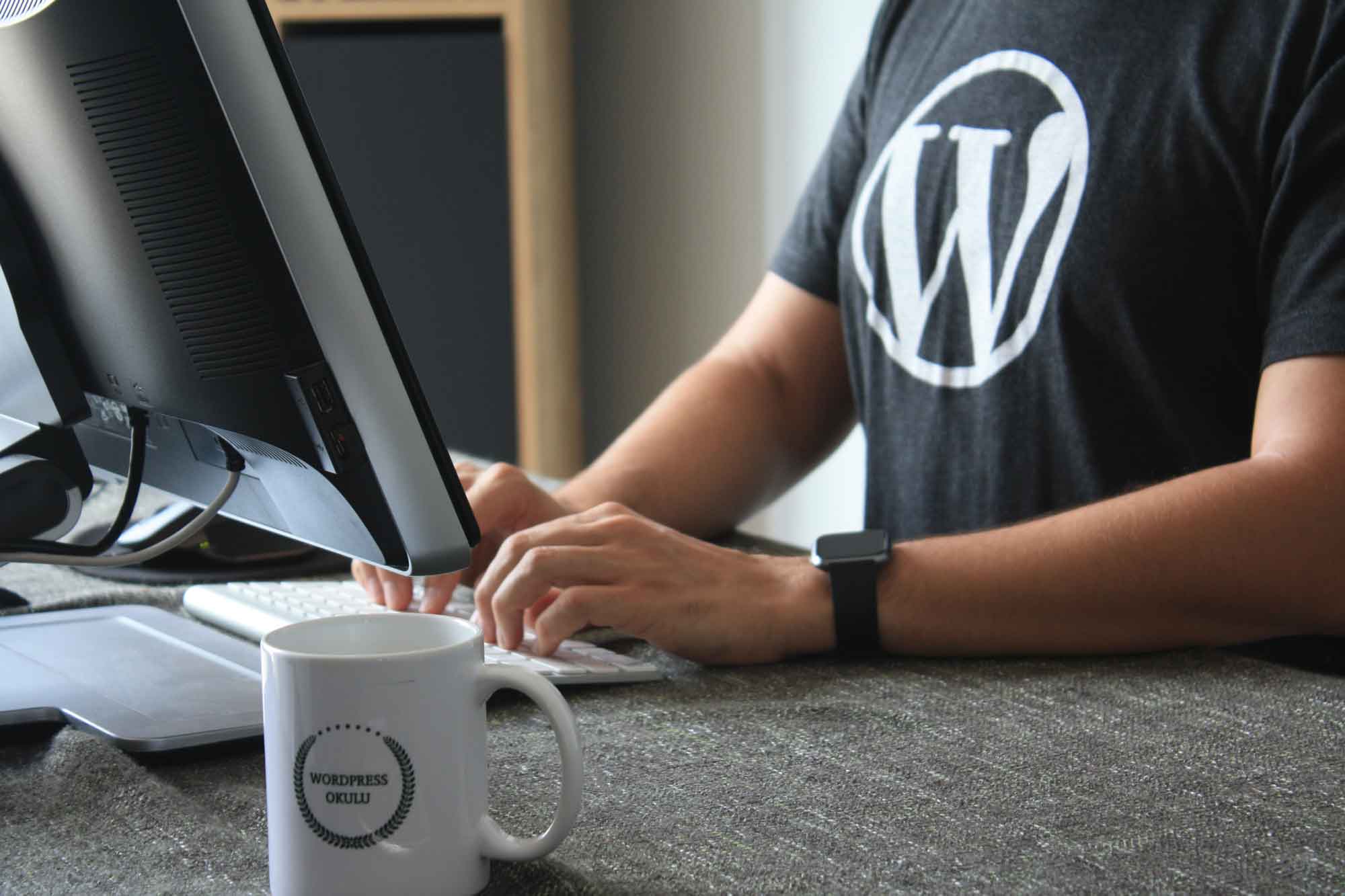Understanding the Importance of Website Optimisation
Understanding the Importance of Website Optimisation
Whether you’re running a personal blog, a portfolio site, or an e-commerce store, optimising your site can significantly enhance user experience, improve search engine rankings, and ultimately drive conversions. In this comprehensive guide, we’ll explore various strategies for optimising your WordPress website, along with links to related blog posts that delve deeper into specific areas.
Website optimisation refers to the process of improving your website’s performance, speed, and user experience. A well-optimised site loads quickly, is easy to navigate, and provides valuable content, which keeps users engaged and reduces bounce rates. Additionally, optimising your site can improve your SEO, making it easier for potential customers to find you online.
Table of Contents
- Identifying Common Issues
- Database Optimisation
- Handling High Traffic
- Speeding Up Your WooCommerce Store
- Performance Prioritisation
- Optimising Video Content
- Implementing AMP
- Debugging and Troubleshooting
- Plugin Management
- Optimising Backend Performance
- Backup and Recovery
- Conducting a Comprehensive Audit
1. Identifying Common Issues
Before diving into optimisation techniques, it’s essential to understand common issues that can negatively impact your website's performance. Websites can crash for various reasons, such as inadequate hosting resources, excessive plugins, or poor coding.
For a detailed overview of these issues, check out our post on Why Do WordPress Websites Crash? Common Causes and How to Fix Them.
2. Database Optimisation
A key component of website performance is your WordPress database. Over time, databases can accumulate unnecessary data, leading to slower query responses. To ensure optimal performance, you should regularly perform MySQL performance tuning and consider using plugins that help clean up your database.
For a deep dive into this topic, refer to our article on WordPress MySQL Performance Tuning.
3. Handling High Traffic
If you expect a surge in visitors, particularly during promotions or product launches, it’s crucial to optimise your site for high traffic. This includes upgrading your hosting plan and implementing caching solutions to handle increased loads.
Learn more about this in our blog post on Optimising WordPress for High Traffic.
4. Speeding Up Your WooCommerce Store
For those running e-commerce sites, site speed is even more critical. A slow-loading WooCommerce store can lead to cart abandonment and lost sales. By focusing on optimising images, reducing server response times, and utilising plugins designed for WooCommerce performance, you can enhance your store’s efficiency.
Discover strategies in our post about Speeding Up Your WooCommerce Website.
5. Performance Prioritisation
Prioritising performance involves identifying which areas of your site need the most attention. This might include slow-loading pages, heavy media files, or poorly coded themes.
Our guide on Prioritising WordPress Website Performance offers insights into how to effectively assess and address these issues.
6. Optimising Video Content
Videos can significantly enhance your content, but they also require optimisation to prevent slow load times.
Implementing strategies for Optimising Video for Faster Load Times will ensure your media content does not hinder your site’s performance.
7. Implementing AMP
Accelerated Mobile Pages (AMP) can greatly improve loading times for mobile users. Enabling AMP can boost your site's speed and mobile usability.
Our comprehensive guide on Accelerated Mobile Pages (AMP) in WordPress covers everything you need to know about implementing this feature.
8. Debugging and Troubleshooting
Sometimes, you may encounter issues that slow down your site. Enabling WordPress debug mode can help you identify and troubleshoot these problems effectively.
For more information, see our blog post on Enabling WordPress Debug Mode.
9. Plugin Management
Plugins are fantastic for enhancing functionality but can also introduce conflicts or bloat if not managed properly. Regularly auditing your plugins to identify conflicts and removing unnecessary ones can help maintain performance.
Check out our post on Identifying Plugin Conflicts in WordPress for tips on effective plugin management.
10. Optimising Backend Performance
Dealing with a slow WordPress backend can be frustrating, especially when you're trying to manage content.
Our guide on Dealing With A Slow WordPress Backend provides actionable steps to improve your admin experience.
11. Backup and Recovery
No optimisation strategy is complete without a robust backup plan. Regularly restoring your WordPress backup ensures that your data is safe and recoverable in case of unexpected failures.
Read our post on Restoring Your WordPress Backup for detailed instructions.
12. Conducting a Comprehensive Audit
Lastly, performing a comprehensive website audit is a critical step in identifying areas for improvement.
Our Comprehensive WordPress Website Audit Checklist will guide you through essential elements to review for an optimised site.
Conclusion
Optimising your WordPress website is an ongoing process that involves a range of strategies and techniques. By addressing common issues, focusing on performance, and staying informed about best practices, you can create a site that not only meets but exceeds user expectations.
Dive into our related blog posts for in-depth insights and actionable tips to enhance your WordPress website further.
Happy optimising!
Categories:
General |
